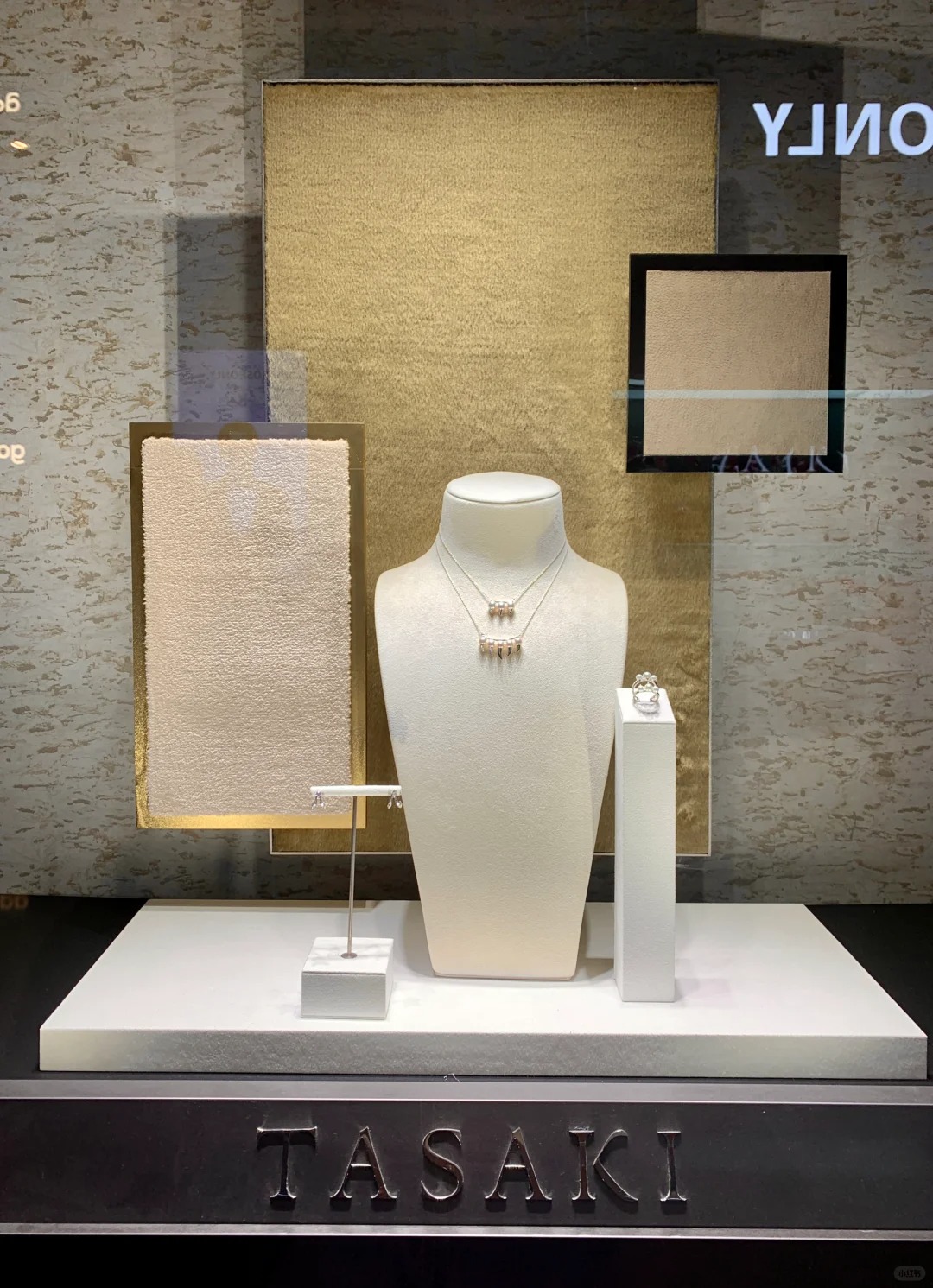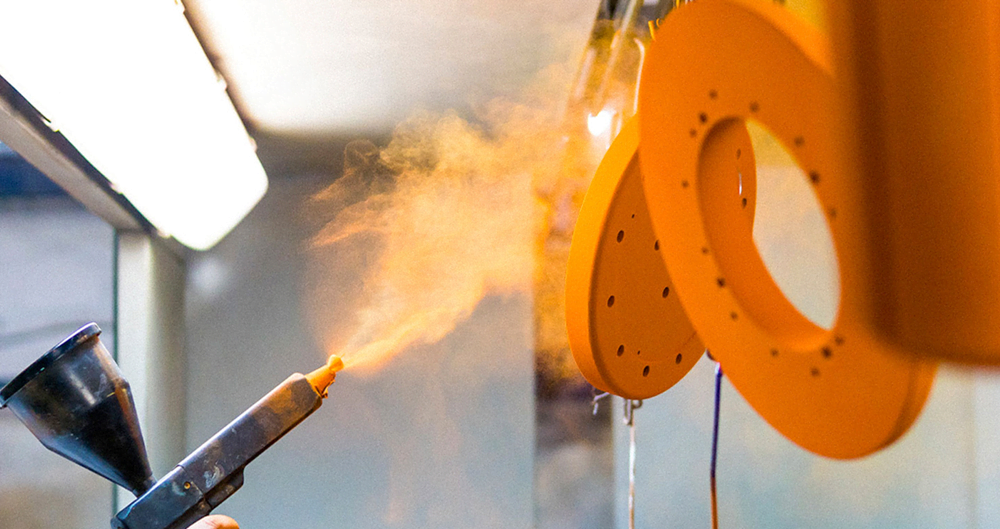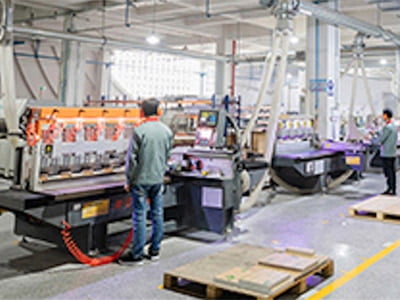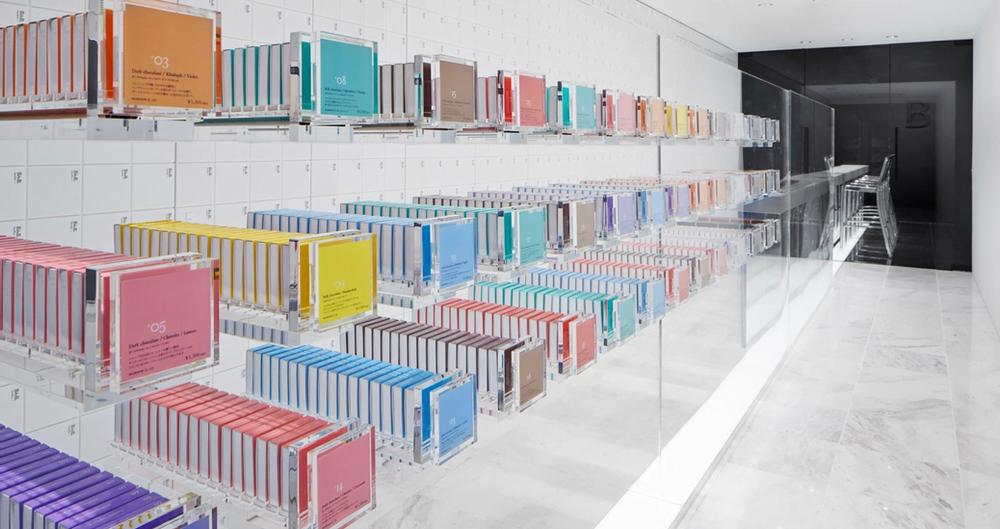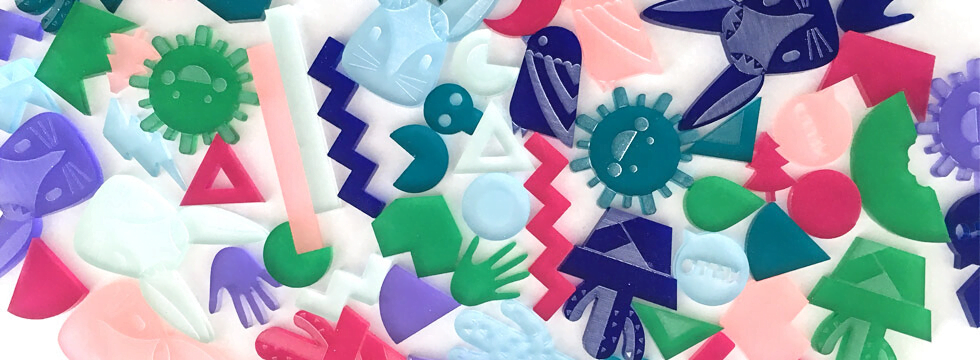Designing for a store window and for the sales floor might seem similar—but the reality is very different. What works under soft boutique lighting won’t survive the sun, and what holds up under shopper interaction may fail under visual scrutiny behind glass.
Table of Contents
If you apply the same design logic to both, you’re likely overbuilding one—and underperforming the other.
Let’s break down the structural, environmental, and experiential differences between these two high-impact visual merchandising zones—and how to align them under one brand story.
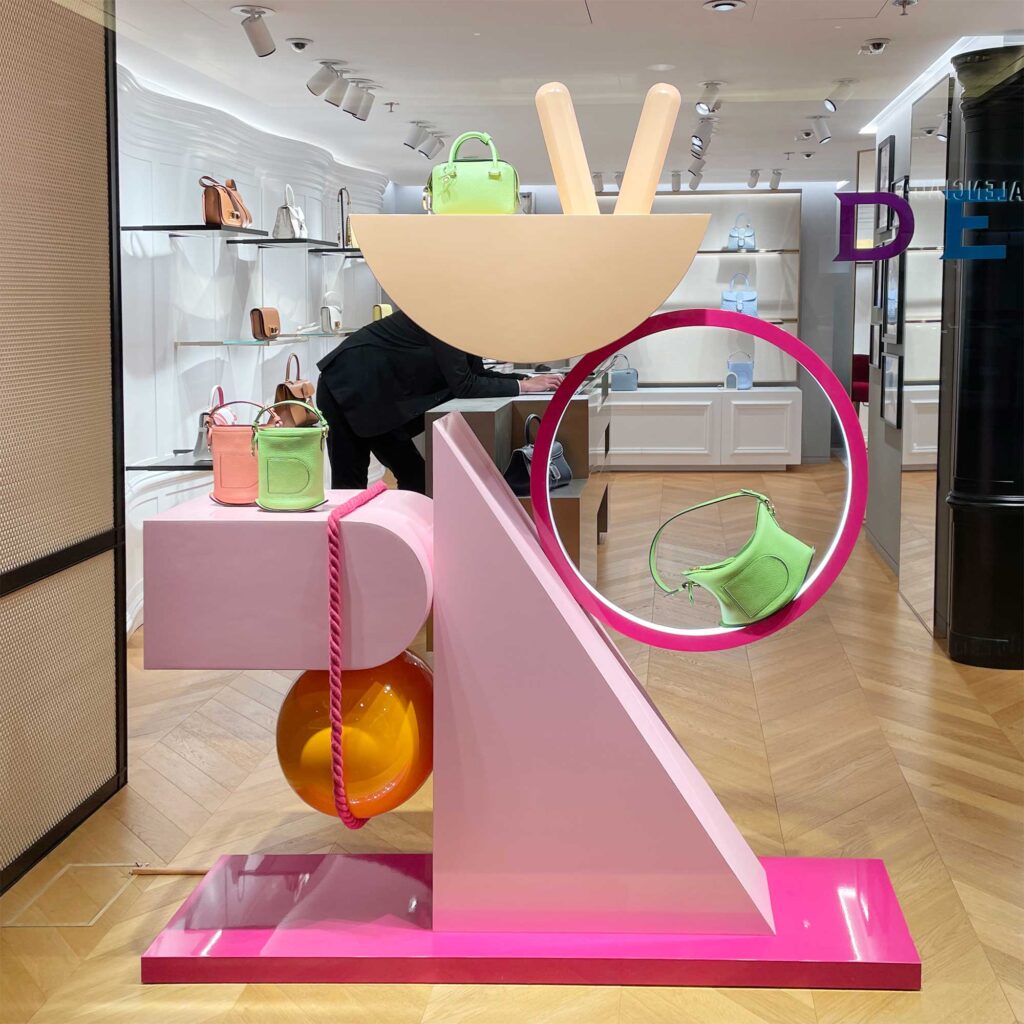
✅ TL;DR: Two Zones, Two Purposes—One Brand Language
- Window display fixtures = storytelling, visual drama, lightweight, temporary
- In-store furniture = product access, shopper durability, stable and safe
- Both should share finishes, lighting temperature, and visual tone, but be engineered differently
At Samtop Display, we build dual-zone fixture systems that align brand identity with real-world performance.
🎯 Why Read This?
If you’re:
- A VM lead managing both seasonal windows and permanent store fixtures
- A store design director seeking material unification across environments
- A global brand team rolling out campaigns across diverse locations
This is your roadmap to smart, dual-environment fixture planning.
🧱 Structural Logic: Load vs. Lift
| Feature | Window Display | In-Store Furniture |
|---|---|---|
| Core Structure | Lightweight EPS, PET, MDF frames | MDF, plywood, powder-coated steel |
| Joinery | Magnetic, slot-fit, tool-free | Cam locks, brackets, dowel pins |
| Anchoring | Sandbags, wires, counterweight base | Anchored to wall or floor |
| Rear View | Visible from store—must be finished | Often hidden, back-of-house side |
| Regulation | Scenic-grade, temporary | Fire-rated, stable, safety certified |
Tip: Think of window fixtures as set design, and in-store furniture as industrial product design.
🌤️ Environmental Performance: Sun vs. Staff
| Factor | Window Zone | In-Store Zone |
|---|---|---|
| UV Exposure | Direct for 10+ hrs/day | Controlled lighting |
| Finish Needs | Anti-yellowing, fade-resistant | Fingerprint-resistant, alcohol-safe |
| Dust / Visibility | High visibility behind glass | Localized to testers or display tops |
| Cleaning Frequency | Weekly | Daily |
| Humidity / HVAC | May fog windows, affect adhesion | Stable, indoor climate |
✅ Use UV-stable PET, anti-static coatings, and low-glare finishes in windows
✅ Use alcohol-proof, soft-touch surfaces and HPL in-store
🎨 Visual Expression Strategy
| Design Element | Window Display | In-Store Fixture |
|---|---|---|
| Form Language | Abstract, oversized, floating elements | Structured, ergonomic, accessible |
| Lighting | RGB backlight, halo effects | Shelf LEDs, underglow, diffused warmth |
| Logo Zone | Suspended or glowing centerpiece | Fixed acrylic or metal faceplate |
| Narrative Focus | Campaign-specific & symbolic | Category-driven, high-UX |
| Photogenic View | Designed for ¾ front view | Viewed from all angles |
🔁 Reusability & Maintenance Planning
| Attribute | Window Fixture | In-Store Furniture |
|---|---|---|
| Reuse Cycle | 1–3 campaigns | 12–36 months |
| Storage Logic | Stackable, collapsible props | Usually fixed-install |
| Replaceability | Paint, foam fill, magnetic covers | Swappable trays, tiles, logo blocks |
| Common Damage | Warping in sun, chipped foam | Loose brackets, chipped laminate |
| Cleaning | Air gun + microfiber | Alcohol-safe topcoat, daily wipe-down |
📌 In windows: light, fragile, photogenic
📌 In-store: durable, repairable, shoppable
🌱 Sustainability Differences
| Concern | Window Display | In-Store Fixture |
|---|---|---|
| Recyclability | EPS, PET foam—partially recyclable | HPL/MDF recyclable if stripped |
| Carbon Footprint | High unless reused or flat-packed | Lower if lifespan is long |
| Modular Reuse | Possible via magnetic or slot-fit design | Excellent via standardized trays/zones |
| Shipping Volume | High unless collapsible | High for assembled furniture |
💡 See our modular prop systems for multi-window reuse planning.
🧪 Real-World Breakdown
Fragrance Brand Holiday Launch
| Item | Window | In-Store |
|---|---|---|
| Theme | Floating gift arch + bottle halo | Functional tester table |
| Material | PVC foam, PET wrap | MDF + soft PU + laser logo |
| Lighting | RGB halo + backlight | 3200K shelf LEDs |
| Reuse | Used across 3 regional displays | Refreshed quarterly for 12 months |
Outcome: Visual continuity, purpose-optimized construction, and reduced cost per use.
💬 FAQ
Q: Can one supplier handle both types?
✅ Yes—if experienced in modular & multi-zone design like Samtop
Q: Gloss finish in windows?
⚠️ Only with anti-glare coating—glare is real behind glass
Q: Best shared material?
✅ Brushed PET, ribbed acrylic, matte PU, and powder-coated aluminum
Q: Weighting required in windows?
✅ Always—sandbags, crossbars, or built-in ballast required for safety
✅ Conclusion: Two Zones, One Cohesive Experience
✔️ Window fixtures = short-term storytelling, visual clarity, sun resistance
✔️ In-store furniture = high-use durability, shoppability, long lifecycle
✔️ Share visual DNA, diverge in structural logic
✔️ Engineer each with purpose, flow, and maintenance in mind
📩 Need Help Designing a Dual-Zone Fixture System?
We offer:
- Side-by-side window & in-store 3D renders
- Flat-pack scenic kits + modular tray logic
- Material & lighting compatibility matrices
- Lifecycle and reuse documentation for both zones
📧 Email: [email protected]
🌍 Visit: https://www.samtop.com/solutions/window-vs-instore
